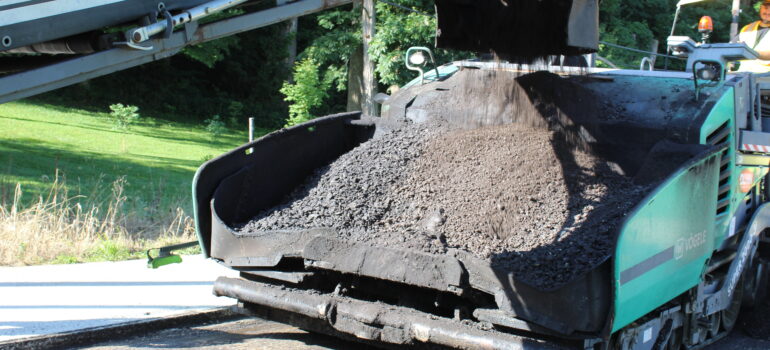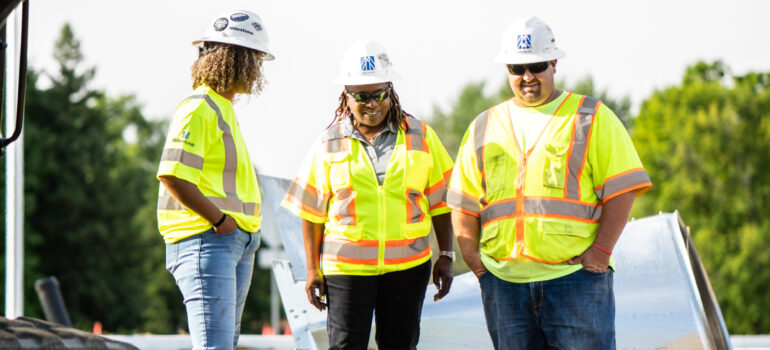ARRA Annual Recycling Awards Presented
2023 Award Winners Announced
Litchfield Park, Arizona. Thursday, March 2, 2023
Each year, the Asphalt Recycling & Reclaiming Association (ARRA) honors public officials and consulting engineers who have made outstanding contributions to the Asphalt Recycling and Reclaiming industry.
ARRA has many accomplishments of note, including the annual FHWA/ARRA In-Place Recycling Workshop, the publication of the Basic Asphalt Recycling Manual, the Federal Highway Administration’s adoption of an official policy on recycling, the National Highway Institute’s asphalt recycling and reclaiming training course, special features in the trade press, and several very successful joint annual meetings with the Asphalt Emulsion Manufacturers Association (AEMA) and the International Slurry Surfacing Association (ISSA).













Recent Comments